Gamekeeper Rupert Brewer is taking an intelligent approach to predation control in the Avon Valley
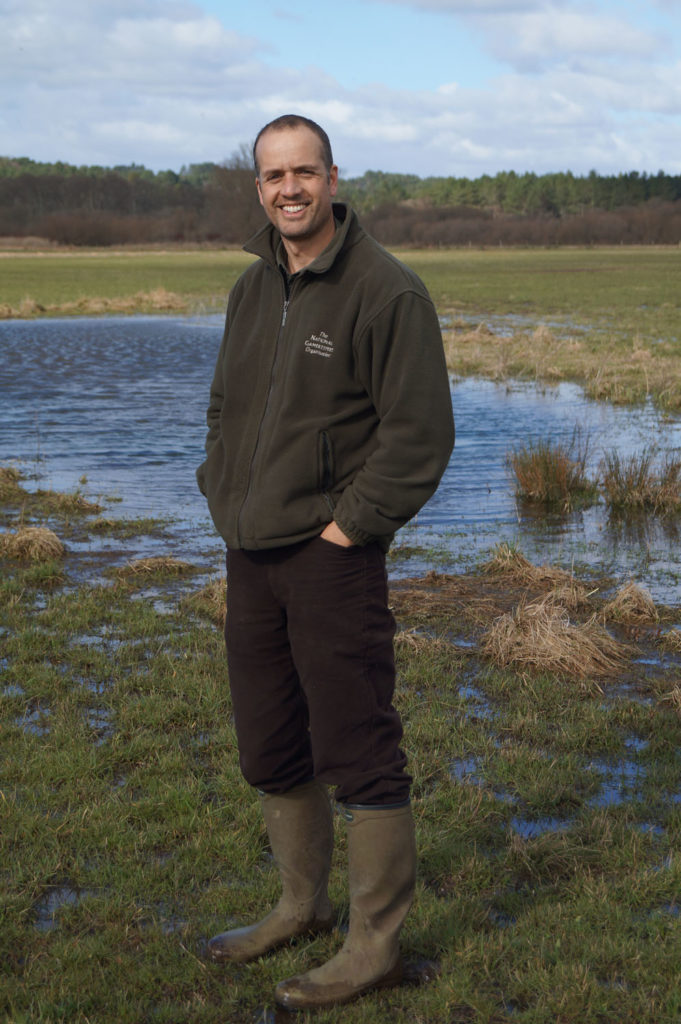
Walking onto the water meadows on the Bisterne Estate in Hampshire in February, you can see great clouds of lapwings swirling in the wind. This beautiful sight is increasingly rare in England and Wales where the species has declined by 80 per cent since 1960.
Bisterne is a partner in the GWCT’s LIFE+ Waders for Real project, an EU-funded programme involving scientists, farmers and the local community working together to reverse the decline of breeding waders in the Avon Valley. The fact that the estate is bucking the national trend with a growing population of breeding lapwings is thanks in a large part to the work of gamekeeper Rupert Brewer.
Farm facts
- Location: Bisterne, Hampshire
- Type of farming: Arable, dairy, beef
- Acreage: 4,000
- Amount in conservation: 39%
- Funding grants: Three Higher-tier agreements
The Hampshire Avon is similar to other river valleys in comprising many small farms, and only a handful of larger privately owned estates where gamekeepers are employed. A lot of farmers have successfully created the right habitat for waders with the help of agri-environment schemes, but without addressing predation, they are struggling to increase numbers. As elsewhere in Britain, lapwing productivity in the Avon Valley is currently poor due to high levels of nest and chick predation, with many lost to common generalist predators like foxes and carrion crows.
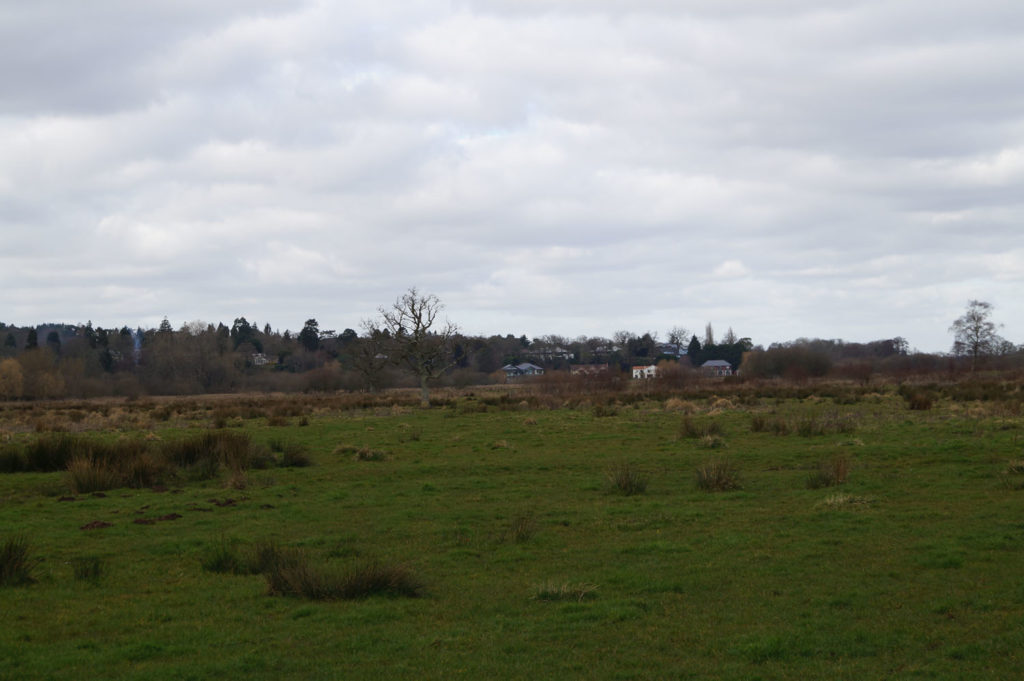
Rupert explained: “Bournemouth Airport area to the south of us has one of the highest densities of urban foxes in the UK. To the north we have Ringwood and then the New Forest, where there is no predator control. In the week before Christmas we culled 23 foxes on the meadows. The other problem we have is carrion crows. If you go to any car park in the New Forest you will see two carrion crows waiting by the bin and in early hours of the morning we have a massive flight over us.”
While controlling foxes and crows is clearly important, Bisterne also has its fair share of protected predators, notably badgers and otters, which have returned to the Avon. Rupert welcomes the otter’s return, but has witnessed them taking ducklings and goslings as well as emptying a swan’s nest of eggs, making them a potential threat to the young of any ground-nesting bird. Currently, the only way of protecting nests from badgers and otters is electric fencing, but it’s expensive and can be difficult to use on wet river meadows grazed by cattle.
When the LIFE+ Waders for Real project was looking to establish four hotspot sites from which to build up the local lapwing population, it is no accident that three of the sites selected were on two keepered estates, Bisterne, owned by Hallam Mills, and Avon Tyrrell. Here, efforts to increase wader numbers are working. Lapwing need to fledge on average 0.7 chicks per pair each year to sustain a population. Before the project began, lapwing on Bisterne were averaging about 0.4 chick per pair, but in 2016 they averaged 1.3 chicks per pair.
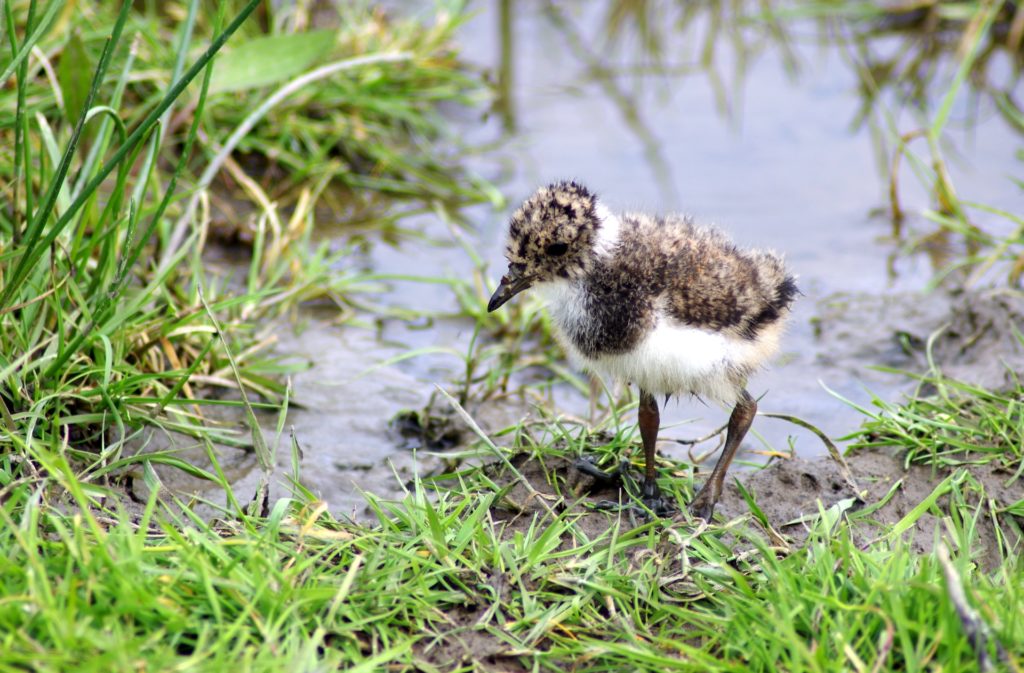
Rupert explained: “It is a two-part job for me. Part of my core work is for the shooting syndicate, but there is also the whole conservation aspect, which they fully support. We always did a bit to control foxes and crows, but we have really been stepping it up and at the right time. When we started I remember seeing a pair of lapwings and 25 crows on the meadows. Last year I saw about 25 lapwings and one crow. That means they’ve got a chance to see it off.”
A great amount of work and skill goes into effective fox control and Rupert has been working with GWCT to make sure it’s targeted. GWCT wader scientists run around 20 camera traps across the Bisterne river meadows during the nesting season to monitor predator activity, and the fox records and other signs of activity are helping Rupert understand how foxes access the area.
On his side, Rupert is keeping a meticulous diary, detailing all of his fox-culling activities. As well as recording when, where and how he kills foxes, he notes how much effort he puts in with different control methods, such as by lamping, using night- vision and thermal imaging equipment, and with fox snares and cage traps. This information will help GWCT scientists calculate how much effort is required to minimise fox predation risk when waders are vulnerable.
Mike Short, a predation scientist at the GWCT, explained: “Bisterne Estate has worked hard to improve wader productivity by getting the breeding habitat right, but the key icing on the cake is Rupert’s steadfast resolve to keep these areas free of foxes and other generalist predators during the nesting season.
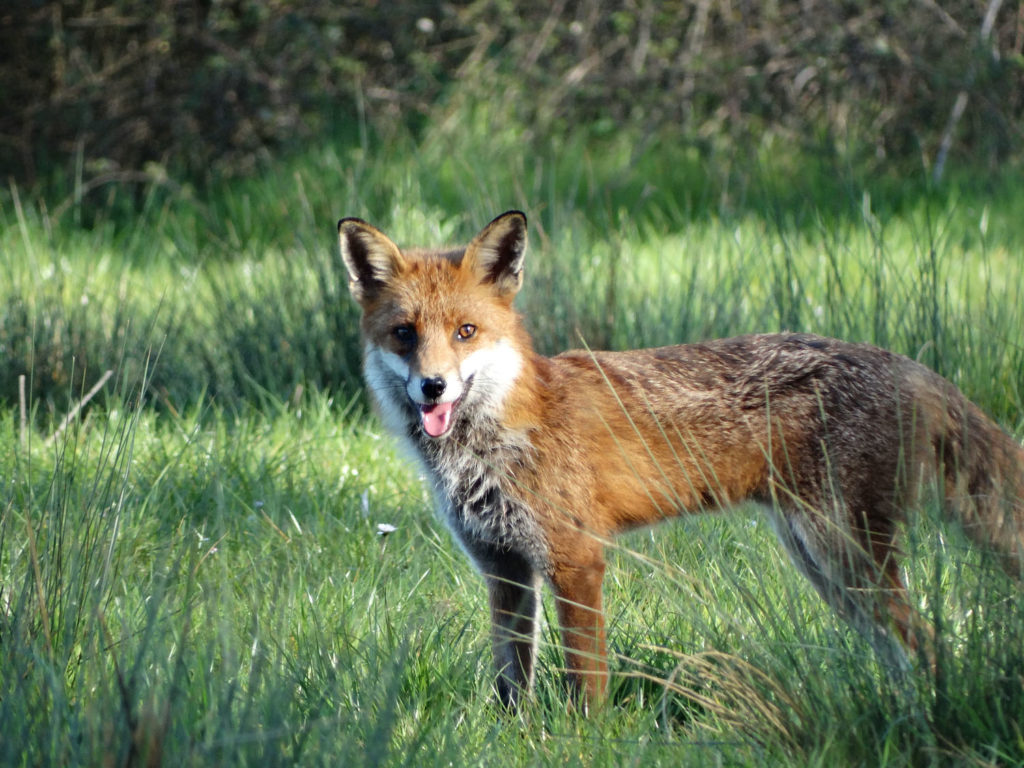
“Elsewhere in the valley, we’ve collected lots of fox scats on river meadows to investigate fox diet, but in 2017 our team didn’t find a single fox scat on Bisterne, which gives an indication of how thorough Rupert’s fox-culling effort is. His detailed record keeping will complement the results of our fox-tagging work elsewhere in the valley. I’m fitting foxes with GPS-trackers to help answer a whole string of important questions about how foxes use river meadows. This will enable us to provide better guidance on how to reduce the impact of foxes on breeding waders.”
This research has wider implications. For those farmers without a gamekeeper on their land, predator control presents an extra expense both in time and money. It’s clear that predation must be addressed if lapwing and other waders are to breed better. For this reason, Mike is keen to see both lethal and non-lethal predation control funded through countryside stewardship agreements. However, this will need to be done as cost-effectively as possible, which is why the current research is so valuable.
One of the tools that make Rupert’s huge challenge possible is snaring, and he is keen to get past the misconception that a snare chokes the fox. The snare simply tethers the animal until the keeper arrives to humanely despatch it, and by law they are checked at least once a day. Rupert uses a breakaway snare design developed by the GWCT, which allows heavier non-target species such as badgers or deer to escape.
Rupert explained: “There is nothing inherently cruel about snaring provided it is done properly. I have the policy that six carefully sited snares are better than 100 random snares. I film the area first or use fieldcraft to establish that there is a fox present, then set the snare and if I don’t get it within two or three days I pack it up and try somewhere else. This minimises the risk of capturing a non-target species.”
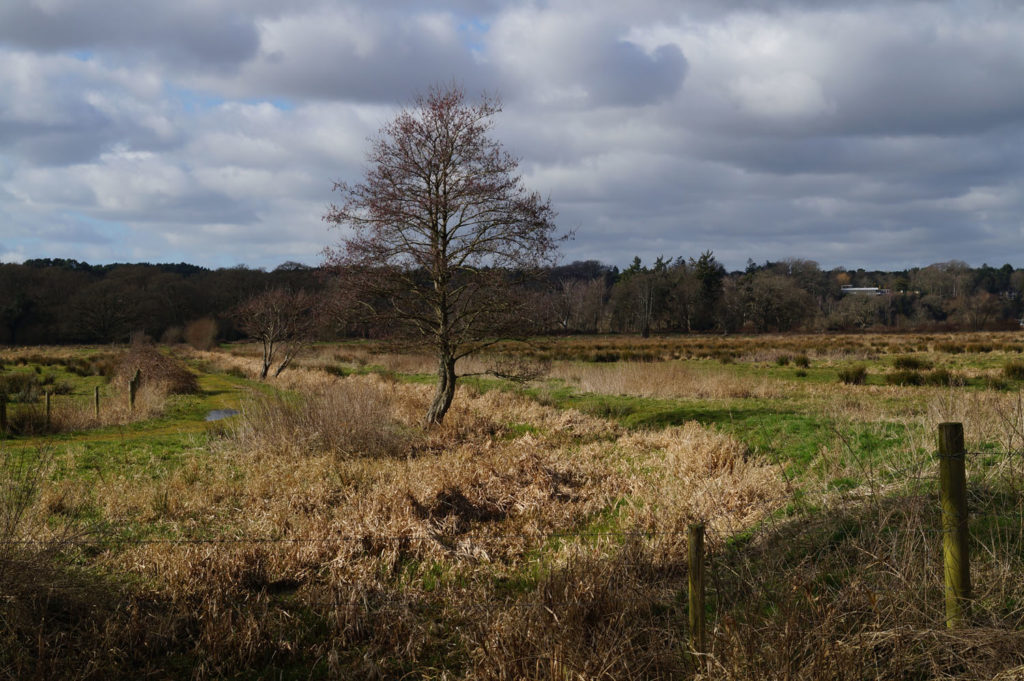
Of course, waders would not be present if the right breeding habitat wasn’t there, and Bisterne’s 4,000 acres has an extraordinary range of landscapes including water meadows, heathland, arable, permanent pasture, mature oak woodland and softwood plantation. Its owner Hallam Mills is a committed conservationist. He previously entered the estate into Higher Level Stewardship and has just entered Higher Tier Stewardship.
In addition, the home farm has switched to an all-grass dairy, which supplies milk to Morrisons through Arla. On the arable side, the farm grows a wide range of crops, including rye for the local Ryvita factory in Poole. The use of pesticides on all headlands is limited and a system that minimises use of the plough, reducing nitrogen use and helping look after the soil. Rupert said: “Hallam encourages everyone involved in land management on the estate to help decide what conservation measures we select. Recently, I’ve opted for more hedges as well as nectar and pollen mixes, as I feel we need to do more for insect life.”
As well as work on the pheasant shoot that benefits farmland birds such as cover crops and winter feeding, Rupert has implemented specific measures aimed at waders, he said. “The GWCT has close connections with Sparsholt College, and they arranged for students to help us take out any alders that made good lookout trees for crows. We’ve dug several scrapes pulling the surface off with a digger at low points in the meadows so that water lies on the surface. These save chicks from foraging too far, which makes them more susceptible to predation.”
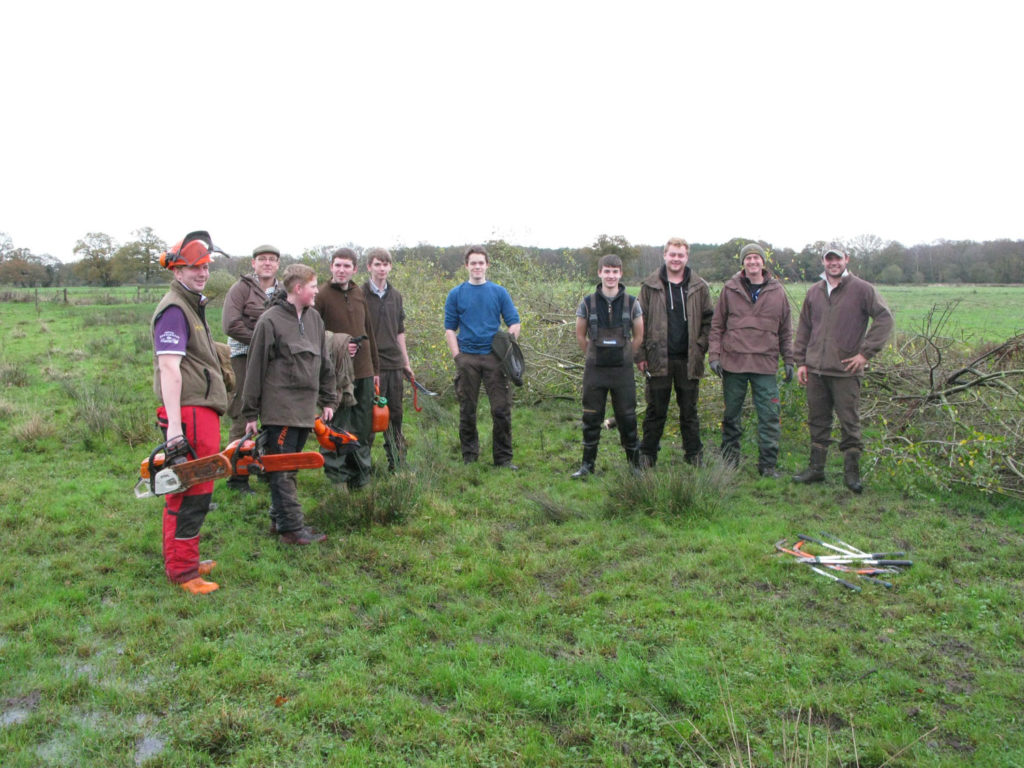
Another key element for successful lapwing conservation is the commitment and co-operation of all those on the ground from the keeper to the farm contractor. Monthly estate meetings ensure everyone is in the loop and co-ordinating cropping regimes and cover crop rotations is vital.
Bisterne used to have numerous tractor drivers but now has one, so contractors are used occasionally, but importantly they are kept abreast
of the requirements of the Waders for Real project. Rupert explained: “We had lapwings going down in the field next to the house, which was due to be ploughed, so our arable manager’s wife went out with markers and the contractor Kevin made the effort to plough round them. It saved eight nests and the following week there were 16.”
The GWCT hosts two open house meetings a year at its Fordingbridge headquarters for all the farmers, landowners and conservation bodies involved directly in the Waders for Real project, and anyone in the local community with an interest. It’s a chance to update people on the research and hopefully inspire them to go the extra mile. The aim is to have as many farmers on board as possible. If you have just 100 acres of unkeepered ground among 2,000 it could harbour enough foxes and crows to scupper the control effort of others.
In addition, Rupert’s wife edits the Bisterne news, which always includes an article about the project to help to get the word out to the wider community. Rupert said: “When people walk a footpath and see a grey partridge or a lapwing they understand that if the keepers weren’t there they simply wouldn’t see them in the future.”
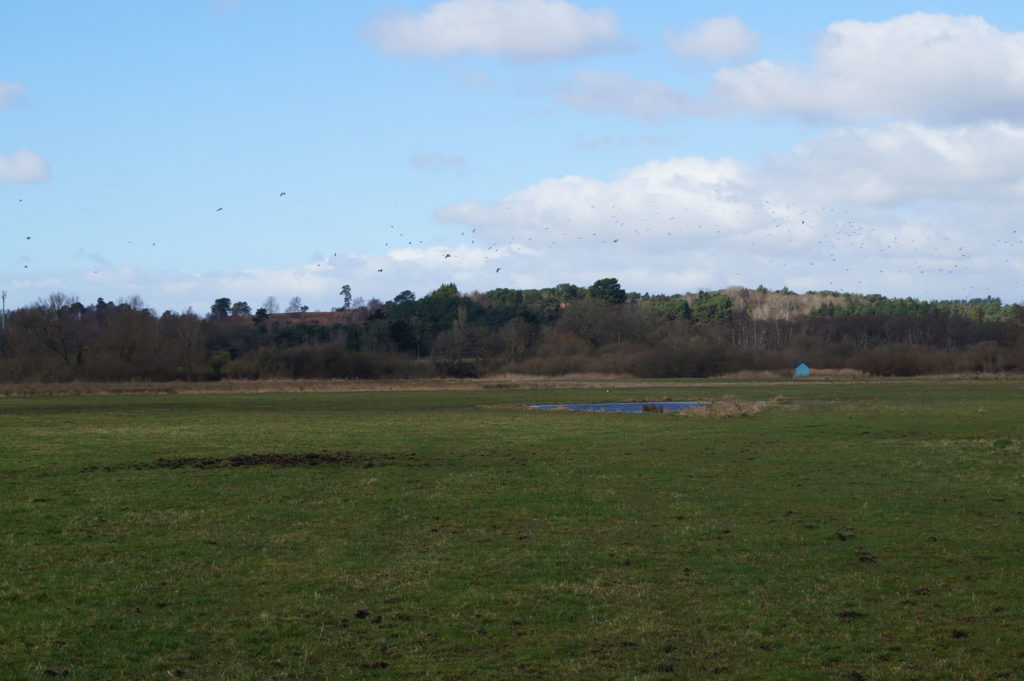
Rupert recognises the importance of public access to educate people about the countryside and show off the successes public money has helped to achieve. The estate created a public area on the edge of the water meadows where people were invited to come and walk their dogs provided they kept them on leads on the footpaths.
Looking ahead, Rupert wants to build up his Japanese cross pheasants to eventually switch to a wild bird shoot where he no longer releases, enabling him to focus more resources on conservation measures. He is also planning to step up his predator control on the part of the estate where he has curlew nesting. His advice to those who want to be successful conservationists: “Look what you’ve got on your doorstep, grab a species and you’ll find that your interest grows. A lot of people wouldn’t be interested in a lapwing but it does for me and, if you can sort things out for them, many other species will benefit.”
This case study is taken from our e-book Working Conservationists, available to download here for just £1.99.
